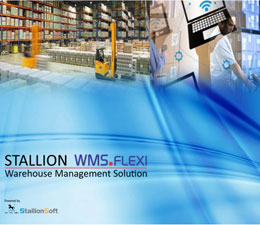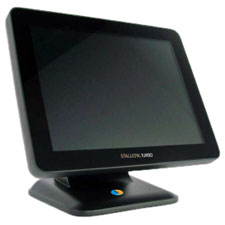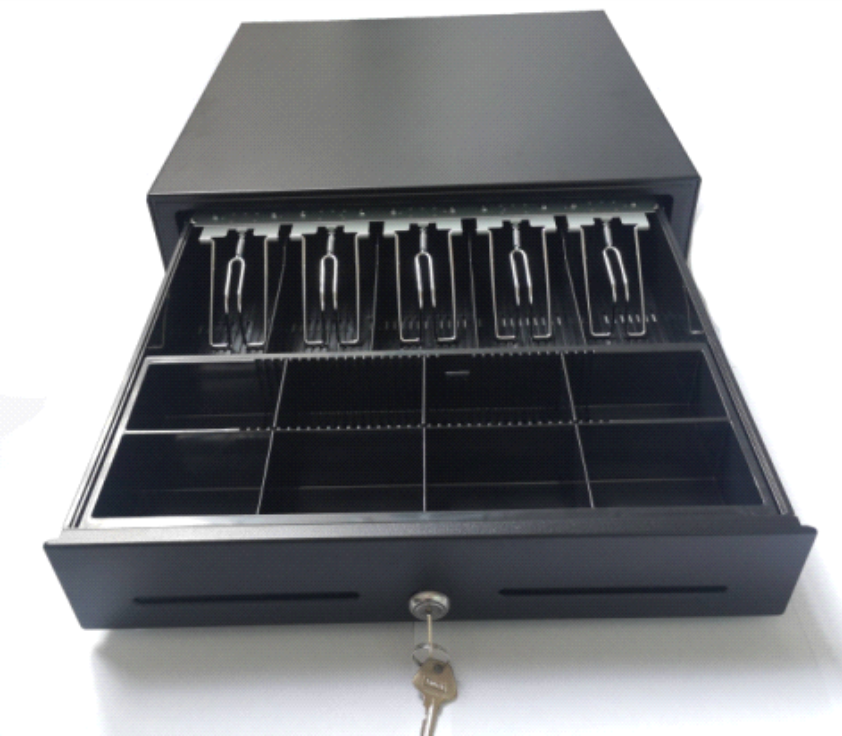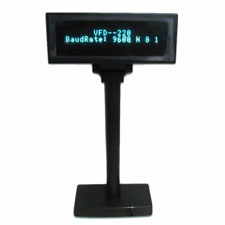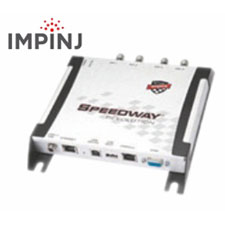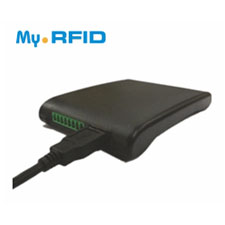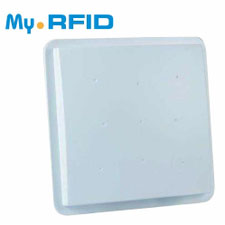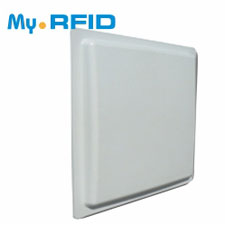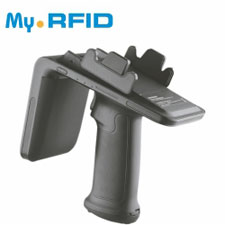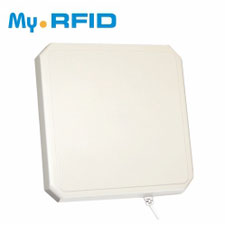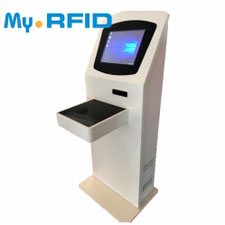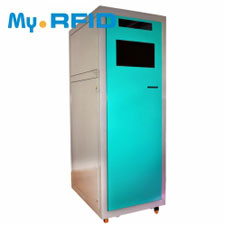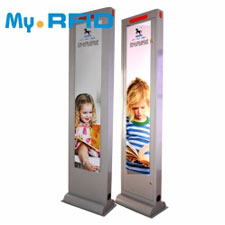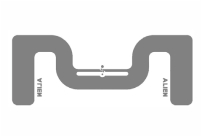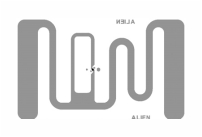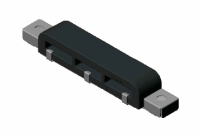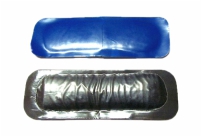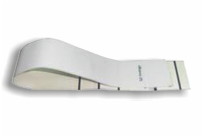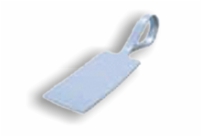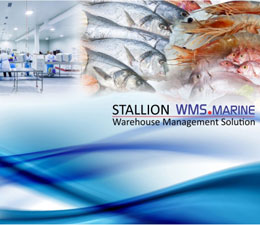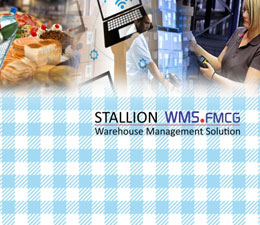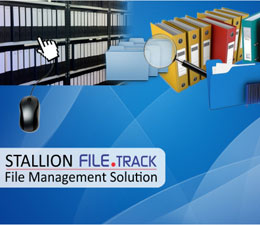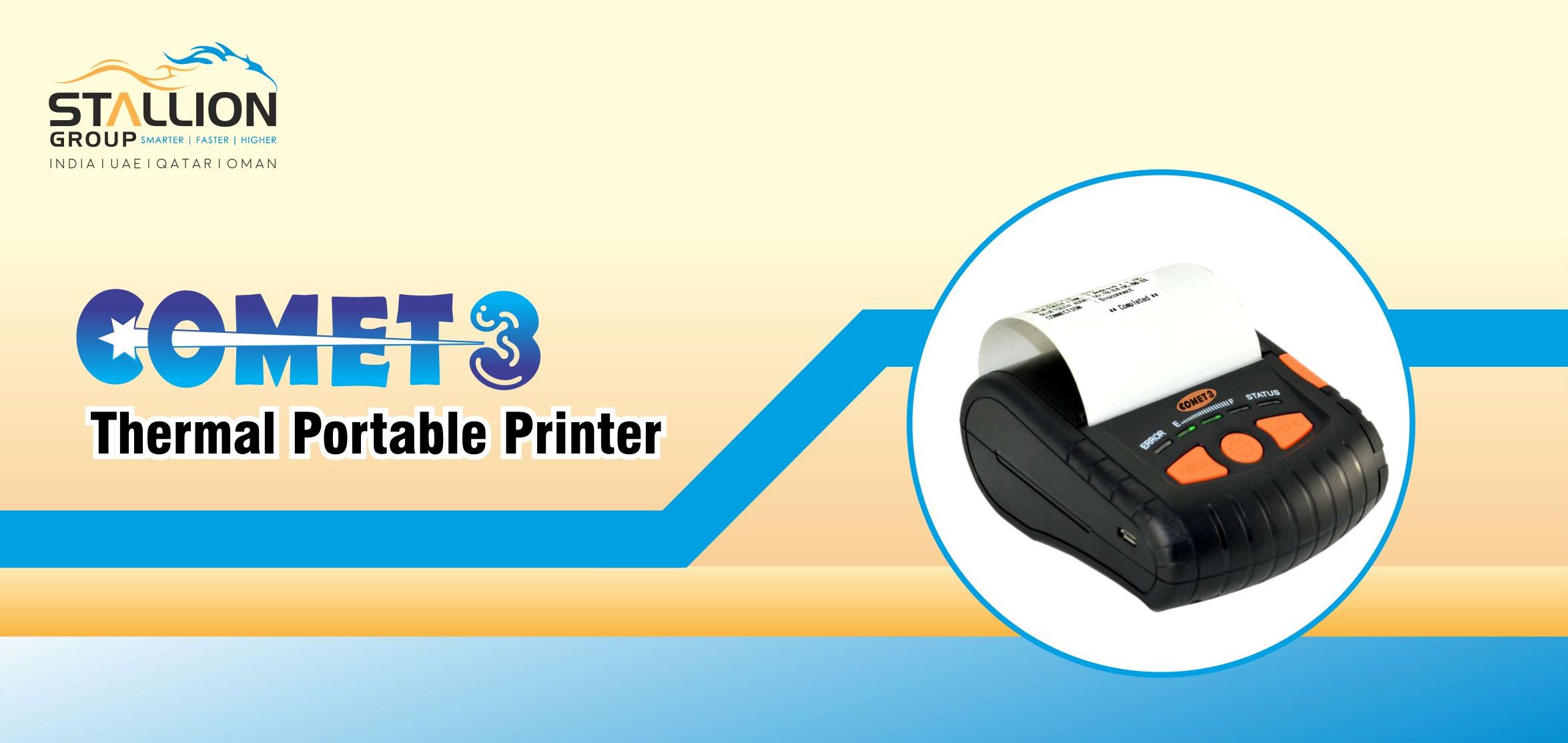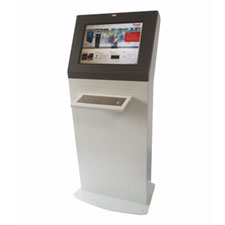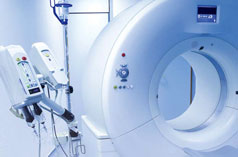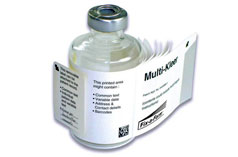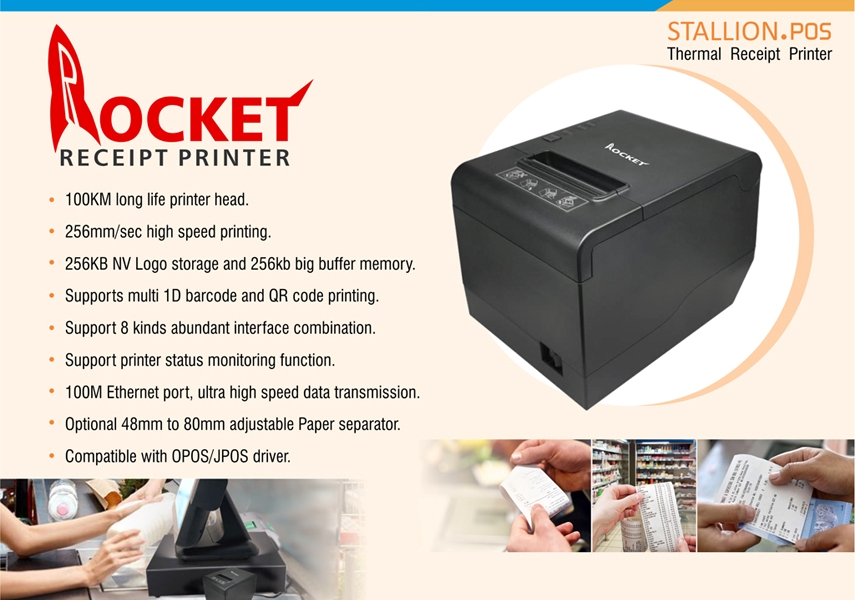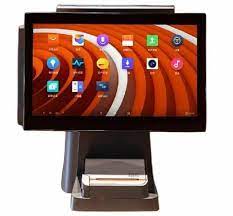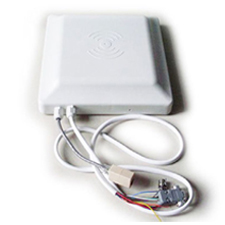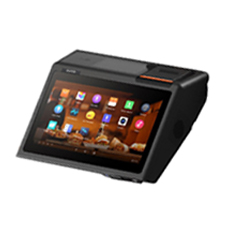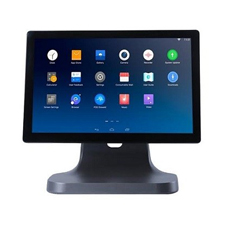|
A warehouse management system, or WMS, is a key part of the supply chain and primarily aims to control the movement and storage of materials within a warehouse and process the associated transactions, including shipping, receiving, put away and picking. The systems also direct and optimize stock put away based on real-time information about the status of bin utilization.
Warehouse management systems often utilize Auto ID Data Capture (AIDC) technology, such as barcode scanners, mobile computers, wireless LANs and potentially Radio-frequency identification (RFID) to efficiently monitor the flow of products. Once data has been collected, there is either batch synchronization with, or a real-time wireless transmission to a central database. The database can then provide useful reports about the status of goods in the warehouse.
The objective of a warehouse management system is to provide a set of computerized procedures to handle the receipt of stock and returns into a warehouse facility, model and manage the logical representation of the physical storage facilities (e.g. racking etc), manage the stock within the facility and enable a seamless link to order processing and logistics management in order to pick, pack and ship product out of the facility.
The primary purpose of a WMS is to control the movement and storage of materials within a warehouse – you might even describe it as the legs at the end-of-the line which automates the store, traffic and shipping management.
Warehouse management deals with receipt, storage and movement of goods, normally finished goods, to intermediate storage locations or to final customer. In the multi-echelon model for distribution, there are levels of warehouses, starting with the Central Warehouse(s), regional warehouses services by the central warehouses and retail warehouses at the third level services by the regional warehouses and so on. The objective of warehousing management is to help in optimal cost of timely order fulfillment by managing the resources economically.
Key Results of WMS
- Unique Identify of material in warehouse.
- Tracking of inward material as per the PO released.
- Allocating the location of the material at the warehouse.
- Picking the right material for dispatch as per the Pick list.
- Physical stock of material is tally with the SAP stock and WMS Stock.
- Tracking the movement of material in the warehouse.
- 100% Incoming material Qnty confirmation. It Generate GRN No automatically.
- Seamless operation in generation of Sales (tax) invoice and Pick List (Delivery Challan)
- Pick right material with FIFO method from rack for delivery.
- Packing of the material
- Generate dispatch label with customer details and shipping address.
- Dispatch the material and maintain Cargo details with weight of parcel.
- Client-server based inventory management software with Barcode enabled data capturing system.
- Complete visibility to management (from HO) on the inventory at factory as well as depot.
- Help the management for Production planning with inventory level at factory & Depo.
- Online Production Report with batch wise.
- 100% accurate automatic data capturing facility in the dusty environment inside the factory.
- Eliminates any change of manipulations thus gives an accurate report online.
Advantages of the WMS
- Major Benefits of Automation in Warehouse
- Accuracy of data input (error free)
- Aid effective management of resources and inventories
- Labour savings by avoiding manual system
- Cost efficient
- Real time data collection
- Measurement of work in progress throughout the factory
- Rapid access to total production costs
- More accurate dispatch
- Satisfied Customer
- Save Time
- Fast decision Making
- Data can be entered much faster into the computer
- Cost effective in terms of lesser manpower
- Accurate and efficient in data reading
- Lesser paper work
- No queuing even during peak time
- No need of experienced hands to operate the machine
|
